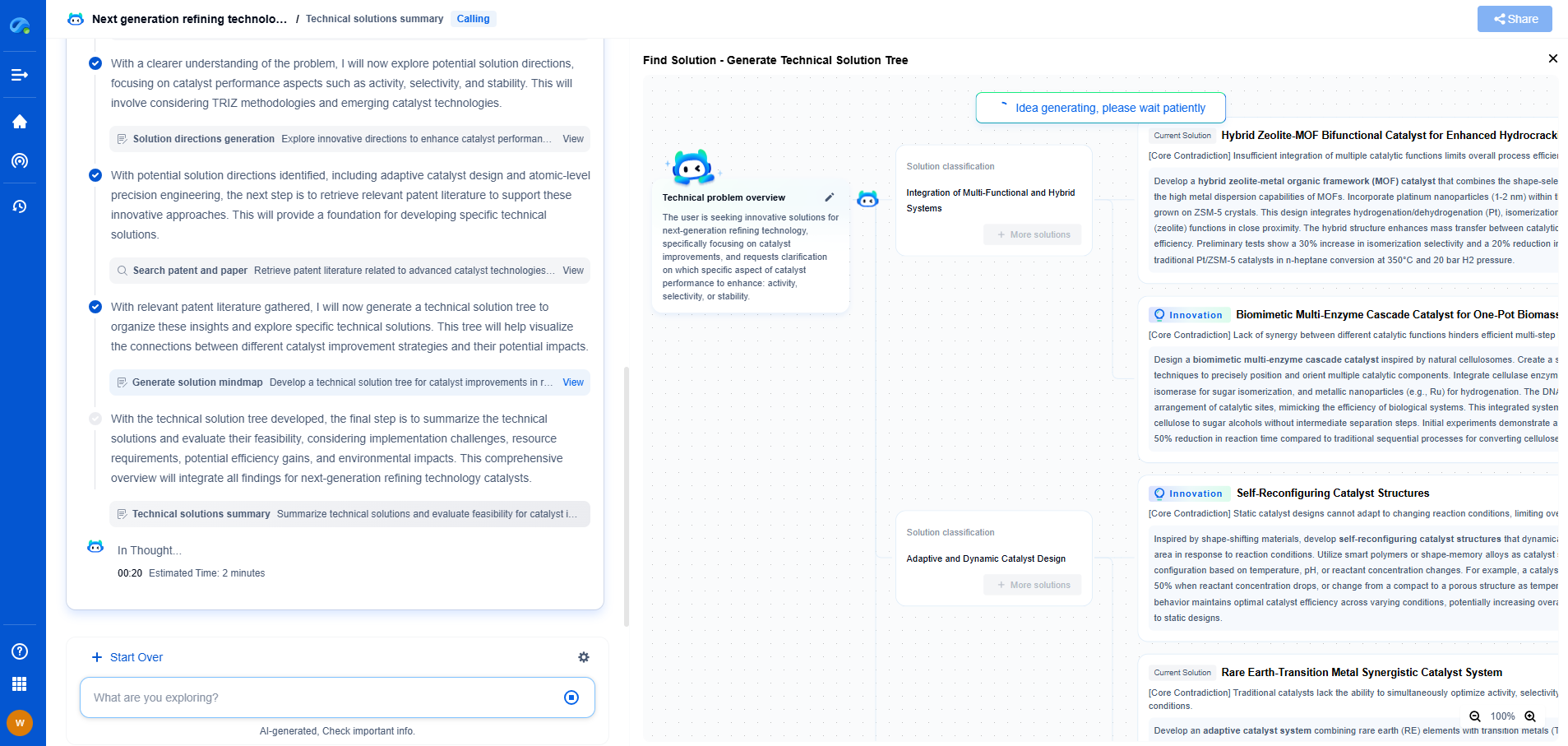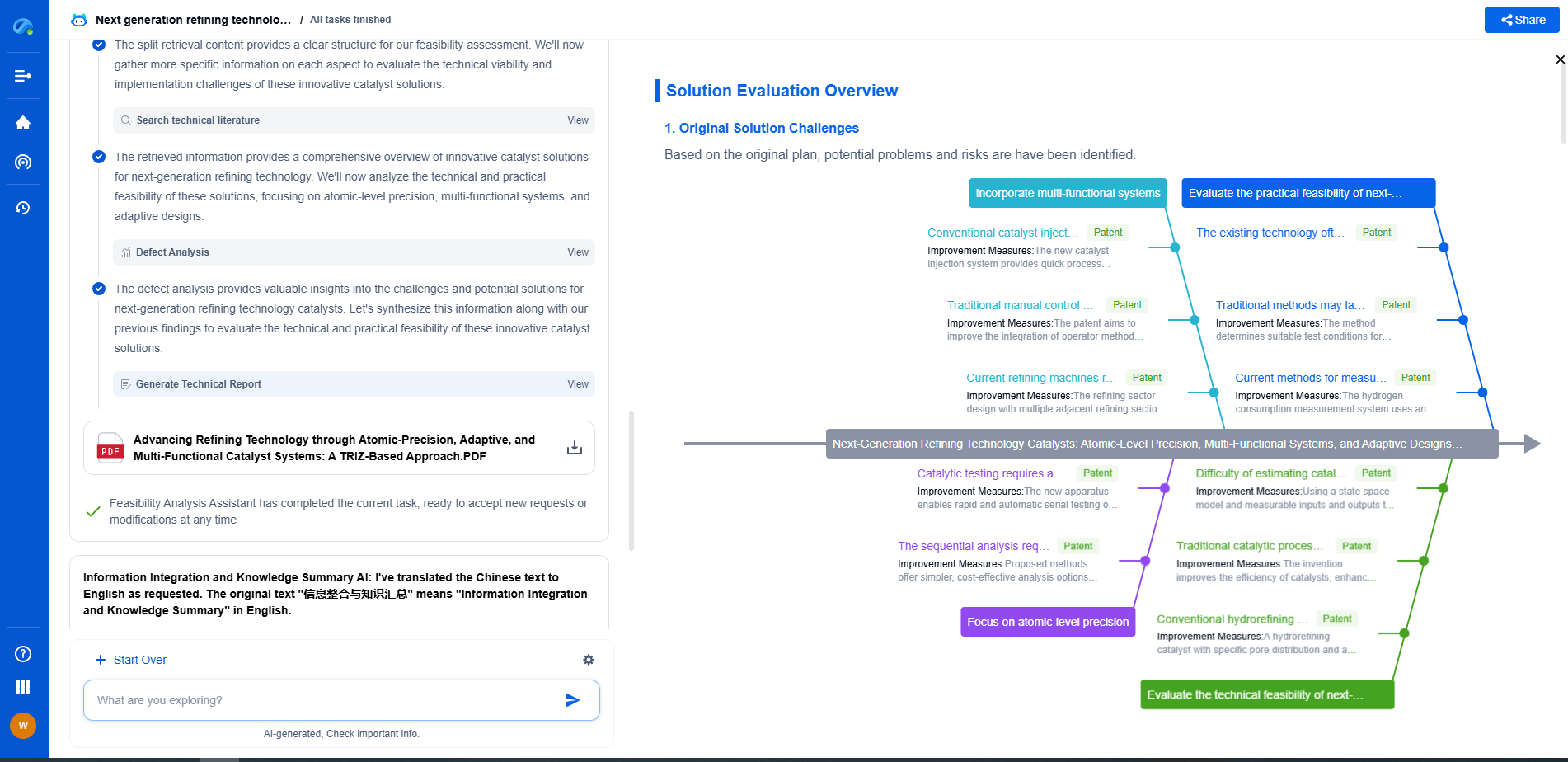What is Inverter Islanding? Risks and Safety Measures
JUN 26, 2025 |
Inverter islanding is a critical concept in the realm of renewable energy systems, particularly those involving solar photovoltaic (PV) and wind power. It occurs when a distributed generator (DG), like a solar panel system, continues to power a location even though the main electrical grid has been shut down. This can happen when inverters fail to detect a grid outage and don’t cease electricity production. While inverter islanding may sound beneficial, allowing homes or businesses to maintain power during outages, it actually poses significant risks to both safety and system integrity.
Risks Associated with Inverter Islanding
One of the primary risks of inverter islanding is safety hazards for utility workers. During grid maintenance or repairs, workers generally assume that all lines are de-energized. However, if an inverter continues to feed power into the grid, it can result in electric shock and potentially fatal accidents.
Additionally, inverter islanding can lead to equipment damage. Without proper synchronization to the grid, voltage and frequency can deviate from standard levels, resulting in potential harm to electrical appliances, grid infrastructure, and the inverter itself. This unsynchronized power can also cause significant disturbances and inefficiencies in power delivery.
Furthermore, there is a risk of poor power quality. When islanding occurs, the power supply may not meet the required voltage and frequency standards, leading to flickering lights, reduced equipment performance, and potential long-term damage to sensitive electronic devices.
Detection Methods for Islanding
Given the risks, detecting inverter islanding is crucial. There are several methods employed to identify and mitigate this phenomenon. Passive detection techniques rely on monitoring electrical parameters like voltage, frequency, and harmonic distortion to identify deviations caused by islanding. However, these methods may not always be reliable, particularly in cases where power generation closely matches local consumption.
Active detection methods involve the inverter deliberately introducing small disturbances into the system to detect a grid failure. If the grid is inactive, these disturbances will lead to detectable changes, enabling the inverter to shut down appropriately. These methods tend to be more reliable but can be more complex and costly to implement.
Communication-based detection methods are also increasingly popular, relying on real-time data exchange between the inverter and the grid. By constantly communicating, the system can quickly recognize a grid disconnection and automatically halt the inverter’s operation.
Safety Measures and Prevention Strategies
To mitigate the risks of inverter islanding, several safety measures and prevention strategies can be implemented. The first line of defense is using inverters equipped with anti-islanding protection features. These inverters automatically detect grid failures and disconnect the power generation source from the grid, ensuring no unintended power supply.
Regular maintenance and testing of anti-islanding features are essential to ensure their effectiveness. It's also crucial to keep systems updated with the latest software and hardware advancements to address any potential vulnerabilities.
Implementing robust grid monitoring systems can significantly aid in detecting and controlling islanding situations. By continuously analyzing grid parameters, these systems can swiftly respond to anomalies and disconnect distributed generation sources when necessary.
Training and educating personnel involved in the installation, maintenance, and operation of renewable energy systems are vital. By understanding the risks and recognizing the signs of islanding, these professionals can take proactive measures to prevent accidents and equipment damage.
The Role of Standards and Regulations
Standards and regulations play a crucial role in ensuring the safe integration of renewable energy systems into the grid. Many countries have established grid codes and guidelines mandating the implementation of anti-islanding protection in distributed generation systems. Compliance with these regulations is not only a legal obligation but also a critical component of maintaining grid stability and safety.
Conclusion
Inverter islanding presents a complex challenge in the growing field of distributed energy resources. While the potential benefits of continuous power supply are attractive, the associated risks to safety, equipment, and power quality cannot be overlooked. By understanding the nature of inverter islanding, employing reliable detection methods, and adhering to safety and regulatory measures, we can ensure that renewable energy systems contribute positively and safely to our energy landscape. Addressing these challenges is vital for the sustainable growth and reliability of renewable energy technologies.
Stay Ahead in Power Systems Innovation
From intelligent microgrids and energy storage integration to dynamic load balancing and DC-DC converter optimization, the power supply systems domain is rapidly evolving to meet the demands of electrification, decarbonization, and energy resilience.
In such a high-stakes environment, how can your R&D and patent strategy keep up?
Patsnap Eureka, our intelligent AI assistant built for R&D professionals in high-tech sectors, empowers you with real-time expert-level analysis, technology roadmap exploration, and strategic mapping of core patents—all within a seamless, user-friendly interface.
👉 Experience how Patsnap Eureka can supercharge your workflow in power systems R&D and IP analysis. Request a live demo or start your trial today.
- R&D
- Intellectual Property
- Life Sciences
- Materials
- Tech Scout
- Unparalleled Data Quality
- Higher Quality Content
- 60% Fewer Hallucinations
Browse by: Latest US Patents, China's latest patents, Technical Efficacy Thesaurus, Application Domain, Technology Topic, Popular Technical Reports.
© 2025 PatSnap. All rights reserved.Legal|Privacy policy|Modern Slavery Act Transparency Statement|Sitemap|About US| Contact US: help@patsnap.com

